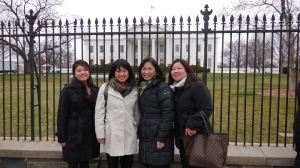
I strongly urge anyone who is available to come out to the Los Angeles Department of Water and Power THIS SATURDAY to make your voice heard! This project would impede upon the cultural landscape of the Manzanar Historic site. See Press Release below
—-
LOS ANGELES — A public information meeting will be held on Saturday, November 16, 2013, at 10:00 AM, at the Los Angeles Department of Water and Power (LADWP) headquarters in Downtown Los Angeles where members of the community are urged to speak out against a proposed solar energy generating facility that would be built near Manzanar National Historic Site.
The LADWP’s proposed Southern Owens Valley Solar Ranch Project is a 200-megawatt solar energy facility that would consist of solar photovoltaic panel modules and associated infrastructure. The approximately 1,200-acre project site is located on City of Los Angeles-owned property east of the Owens River, but in a direct line of sight with the Manzanar National Historic Site, whichlies to the immediate west.
The Draft Environmental Impact Report is available at http://www.ladwp.com/envnotices.
The Manzanar Committee believes that the proposed solar ranch would destroy a significant portion of the historic landscape surrounding Manzanar National Historic Site.
“The importance of maintaining and enhancing the physical characteristics of the Manzanar National Historic Site cannot be downplayed or overlooked,” said Manzanar Committee Co-Chair Bruce Embrey. “One of the most powerful parts of Manzanar is the unobstructed view, and that many of the structures, gardens and other features of the World War II American concentration camp have not been bulldozed over or destroyed by ‘development.’”
Craig Tomiyoshi, Vice President of Public Affairs for the National Board of the Japanese American Citizens League, echoed those concerns.
“The Manzanar site is not only an important piece of the Japanese American story and experience during World War II, but also a visible reminder to all Americans about the importance of protecting the civil rights and liberties for all,” said Tomiyoshi. “The natural environment surrounding Manzanar plays a huge part in preserving for future generations the context of what those incarcerated at that site might have felt at that time.”
“I would strongly encourage anyone concerned about protecting the cultural landscape of Manzanar to attend this Public Information Meeting to let decision makers know why building the project on the proposed location is wrong, and encourage them to consider alternate sites,” added Tomiyoshi.
A coalition of community groups and individuals are working to ensure that the politically powerful LADWP, which owns the vast majority of the land in Owens Valley, understands their concerns and the implications of building the solar ranch in such close proximity to Manzanar.
“It’s easy after all these years to put what happened to the Japanese American community during World War II on the back shelf, as more ‘pressing’ or ‘important’ events occur,” Embrey noted. “If we are complacent, all the hard work of so many will be for naught. Tule Lake is facing a similar situation where the Federal Aviation Administration is attempting to build a fence that would bisect the site. Now, a massive solar farm with thousands of solar panels could distract from, and negatively impact, the Manzanar National Historic Site.”
“The Manzanar National Historic Site stands as one of the most impressive, thorough exhibits on the Japanese American incarceration experience,” Embrey added. “The National Park Service staff does an incredible job, day in and day out, of telling the story. It is essential that LADWP hears and understands the impact such a massive project would have on the site.”
“So many people fought so hard, endured and persevered to make sure our story, our history, is told and never forgotten. We have to be vigilant that none of that is denigrated in any way.”
The LADWP headquarters building is located at 111 North Hope Street, Los Angeles, California, 90012 (see map below). The meeting will be held in Conference Room 1, Level A. Parking is free in the LADWP’s underground parking garage. Signs will be posted to direct attendees to the meeting room.
See more information at: http://blog.manzanarcommittee.org/
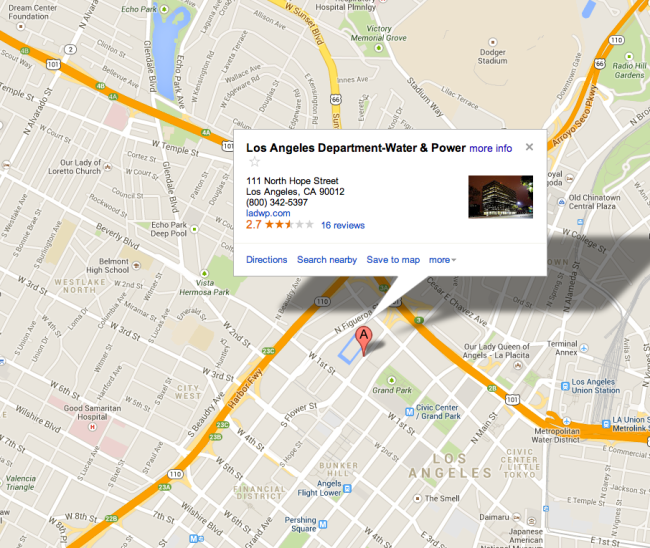




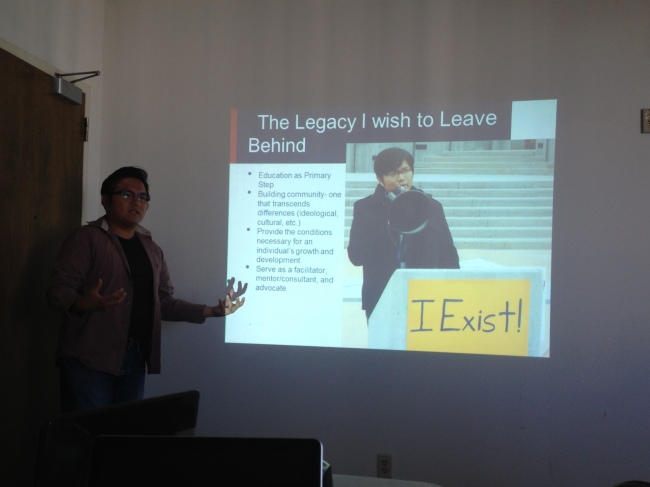
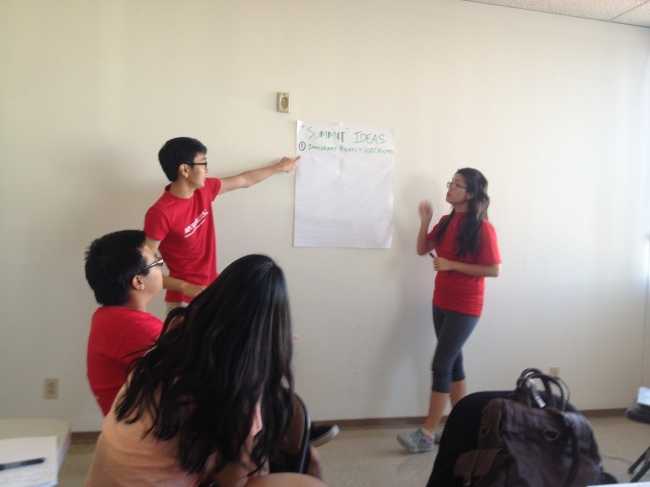
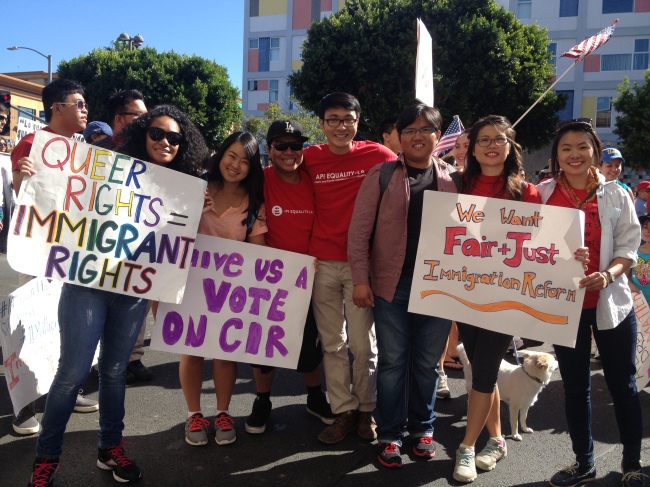













 When I first learned about the Japanese American camps, I was a junior in high-school, and I recall seeing this photo of children behind the barbed wires. In the background were the Sierra Nevada Mountains.
When I first learned about the Japanese American camps, I was a junior in high-school, and I recall seeing this photo of children behind the barbed wires. In the background were the Sierra Nevada Mountains.




